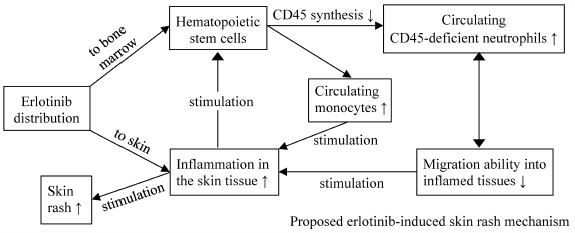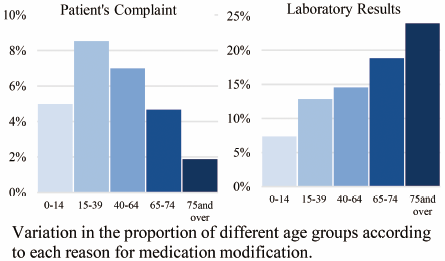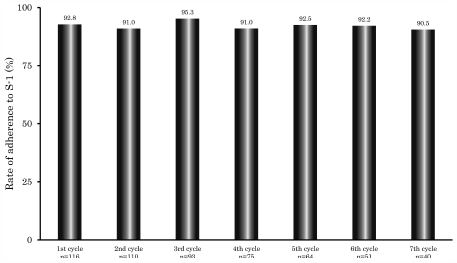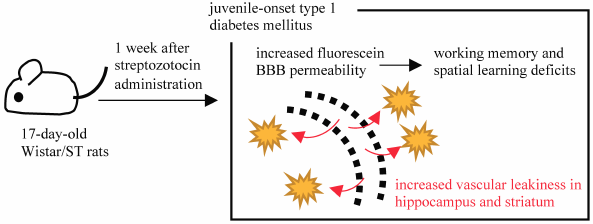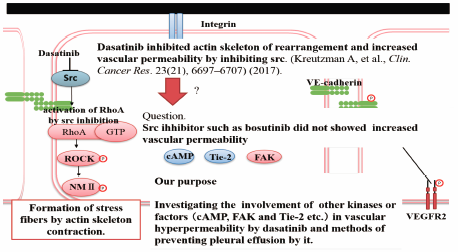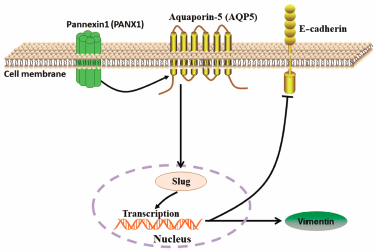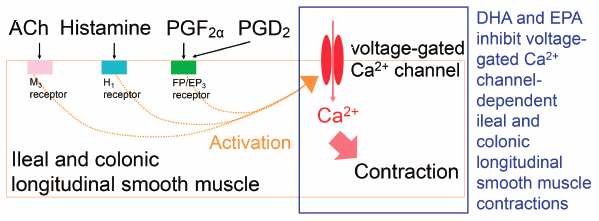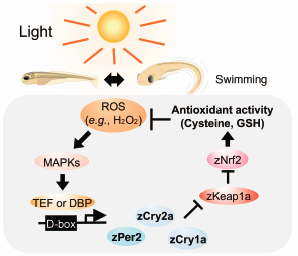- |<
- <
- 1
- >
- >|
-
 2021 Volume 44 Issue 8 Pages 1029-1036
2021 Volume 44 Issue 8 Pages 1029-1036
Published: August 01, 2021
Released on J-STAGE: August 01, 2021
Editor's pickThis review article summarizes the methods of regulating cell-cell interactions that significantly increase the therapeutic effects of cell-based therapy. Since transplanted cells, which are generally cultured as a monolayer, are unable to recapitulate similar interactions in vivo, the regulation of cell-cell interactions can immensely increase the function and therapeutic effect of transplanted cells. The discussed methods in this article include the generation of multicellular spheroids, use of adhesamine derivatives that accelerate cell adhesion, and cell surface modification using the avidin-biotin complex method, all of which can be useful tools for advanced cell-based therapy, promising future clinical applications.
Download PDF (4620K) Full view HTML -
 2021 Volume 44 Issue 8 Pages 1037-1043
2021 Volume 44 Issue 8 Pages 1037-1043
Published: August 01, 2021
Released on J-STAGE: August 01, 2021
Editor's pickDry skin is a common symptom, which is known to cause itching and careless inflammation. Authors hypothesized that dry skin might be affected not only by aging and environmental factors, but also by organ inflammation and changes in trace elements inside the body. Therefore, for treating dry skin, authors considered that special attention should be paid to both internal and external factors; these should include internal supplementation as well as skin care with external preparations such as moisturizers.
Download PDF (1376K) Full view HTML
-
2021 Volume 44 Issue 8 Pages 1044-1049
Published: August 01, 2021
Released on J-STAGE: August 01, 2021
Advance online publication: June 01, 2021Download PDF (1095K) Full view HTML -
 2021 Volume 44 Issue 8 Pages 1050-1059
2021 Volume 44 Issue 8 Pages 1050-1059
Published: August 01, 2021
Released on J-STAGE: August 01, 2021
Editor's pickSkin rash is a common adverse event associated with EGFR-inhibitors, which often accompany drug discontinuation and dose reduction. This study examined immunological blood biomarkers for the prediction of erlotinib-induced skin rash. In consideration of clinical care, the occurrence of skin rash was evaluated by erlotinib dose, treatment discontinuation, and restart dose. The authors revealed that erlotinib reduced neutrophils’ CD45 expression and its reduction levels were strongly correlated with the rash occurrence and dynamics. The study has a novelty in that it proposes new insight for evaluating skin rash associated with EGFR-inhibitors.
Download PDF (1678K) Full view HTML -
2021 Volume 44 Issue 8 Pages 1060-1066
Published: August 01, 2021
Released on J-STAGE: August 01, 2021
Download PDF (747K) Full view HTML -
2021 Volume 44 Issue 8 Pages 1067-1074
Published: August 01, 2021
Released on J-STAGE: August 01, 2021
Advance online publication: June 15, 2021Download PDF (787K) Full view HTML -
2021 Volume 44 Issue 8 Pages 1075-1080
Published: August 01, 2021
Released on J-STAGE: August 01, 2021
Download PDF (451K) Full view HTML -
2021 Volume 44 Issue 8 Pages 1081-1087
Published: August 01, 2021
Released on J-STAGE: August 01, 2021
Download PDF (373K) Full view HTML -
2021 Volume 44 Issue 8 Pages 1088-1092
Published: August 01, 2021
Released on J-STAGE: August 01, 2021
Download PDF (1578K) Full view HTML -
2021 Volume 44 Issue 8 Pages 1093-1100
Published: August 01, 2021
Released on J-STAGE: August 01, 2021
Download PDF (2108K) Full view HTML -
2021 Volume 44 Issue 8 Pages 1101-1110
Published: August 01, 2021
Released on J-STAGE: August 01, 2021
Download PDF (16847K) Full view HTML -
2021 Volume 44 Issue 8 Pages 1111-1119
Published: August 01, 2021
Released on J-STAGE: August 01, 2021
Advance online publication: June 16, 2021Download PDF (6486K) Full view HTML -
 2021 Volume 44 Issue 8 Pages 1120-1128
2021 Volume 44 Issue 8 Pages 1120-1128
Published: August 01, 2021
Released on J-STAGE: August 01, 2021
Editor's pickAndrogen-dependent expression of cytochrome P450 (CYP) subfamily genes, such as CYP2A19, CYP2B22, CYP2C33, CYP2C49, CYP3A29, CYP3A46 and CYP4A24/25, in the kidney was found using both sexes of Landrace, Meishan, and their crossbred pigs. The amounts of those CYP mRNAs were confirmed to be, at least in part, dependent on the levels of serum testosterone by additional experiments using pigs treated with castration and/or testosterone propionate. Furthermore, the androgen-dependency on the expression of some of CYP mRNAs was different between the kidney and the liver, indicating that there is a tissue-selective factor(s) responsible for the androgen-related expression of CYP genes.
Download PDF (1225K) Full view HTML -
 2021 Volume 44 Issue 8 Pages 1129-1139
2021 Volume 44 Issue 8 Pages 1129-1139
Published: August 01, 2021
Released on J-STAGE: August 01, 2021
Editor's pickDHA and EPA have been reported to improve lower gastrointestinal (LGI) disorders through their anti-inflammatory effects. However, few studies examine the effects of DHA and EPA on LGI tract motility. To elucidate this, authors evaluated their effects on guinea pig ileal/colonic longitudinal smooth muscle (LSM) contractions. DHA and EPA significantly inhibited ileal/colonic LSM contractions induced by acetylcholine/histamine/PGF2α/PGD2/CaCl2. All ileal/colonic LSM contractions were completely suppressed by verapamil. These findings suggest that DHA and EPA could improve the abnormal contractile functions of the LGI tract associated with inflammatory diseases, partly through inhibition of voltage-gated Ca2+ channel-dependent ileal/colonic LSM contractions.
Download PDF (2170K) Full view HTML -
2021 Volume 44 Issue 8 Pages 1140-1150
Published: August 01, 2021
Released on J-STAGE: August 01, 2021
Download PDF (1678K) Full view HTML
-
2021 Volume 44 Issue 8 Pages 1151-1155
Published: August 01, 2021
Released on J-STAGE: August 01, 2021
Download PDF (504K) Full view HTML -
2021 Volume 44 Issue 8 Pages 1156-1159
Published: August 01, 2021
Released on J-STAGE: August 01, 2021
Advance online publication: June 04, 2021Download PDF (1045K) Full view HTML -
2021 Volume 44 Issue 8 Pages 1160-1165
Published: August 01, 2021
Released on J-STAGE: August 01, 2021
Download PDF (3970K) Full view HTML
- |<
- <
- 1
- >
- >|




